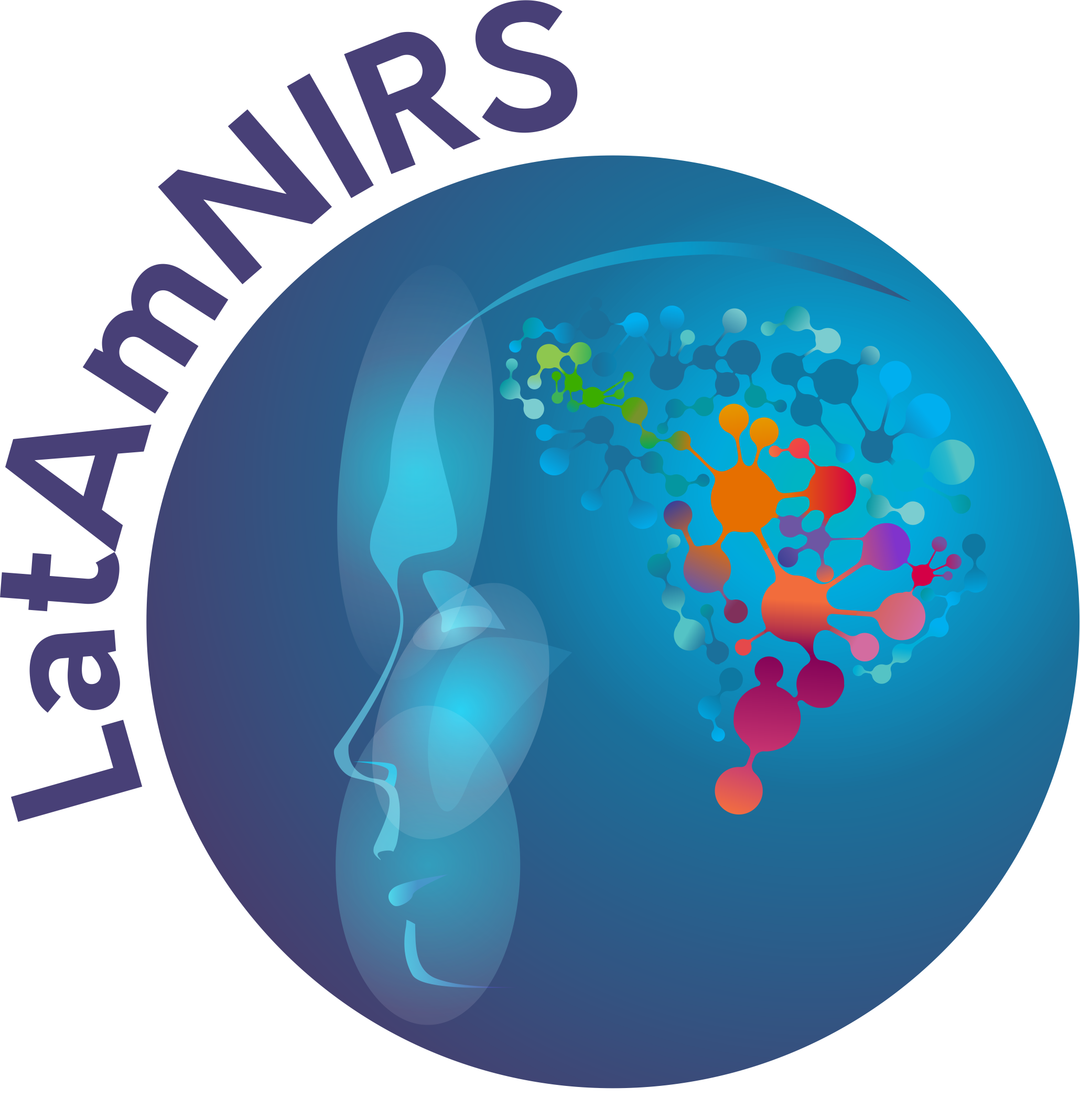International 10-20 system
Definition: The International 10-20 system is a system that uses four anatomical landmarks on the head (nasion, inion, and left and right preauricular points) to standardize the placement of electroencephalography (EEG) electrodes on the scalp. In this system the placement of 21 individual electrodes are determined by their distances from the landmarks, defined as the percent of the total distance (from nasion to inion and from right to left preauricular points). 10% defines the distance between the first electrode and the anatomical landmark, and 20% defines the distance between the adjacent electrodes. The International 10-20 system and its more fine-grained successors (such as 10-10, 10-5) are important in clinical and research EEG. In fNIRS research it is sometimes used to define optode positions and corresponding cortical structures.
Alternative definition:
Synonym:
References: Jasper, H.H. (1958) The Ten-Twenty Electrode System of the International Federation. Electroencephalography and Clinical Neurophysiology, 10, 371-375.https://doi.org/10.1016/j.neuroimage.2009.02.006
https://doi.org/10.1016/j.neuroimage.2003.08.026
Related terms: International 10-5 system; International 10-10 system, Landmark
